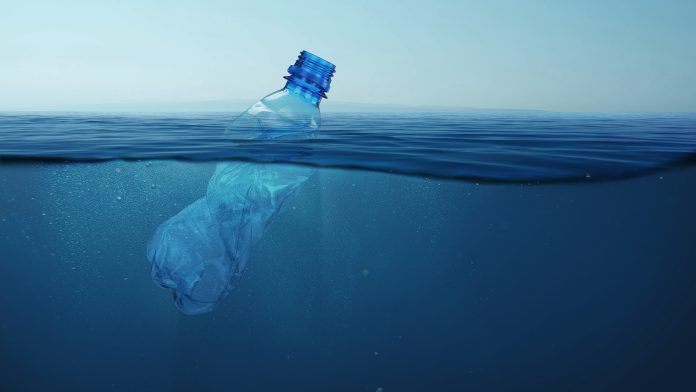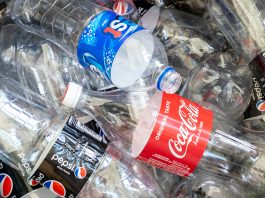A new study suggests that reducing plastic pollution by 5% per year would stabilise the level of ocean plastic.
However, the modelling shows that even reducing pollution by 20% per year would not significantly reduce existing ocean plastic levels, meaning they will persist beyond 2100.
The United Nations Environmental Assembly (UNEA) aims to adopt a legally binding resolution by 2040 to completely eradicate the production of microplastics, including in the ocean.
The researchers developed a model to predict the impact on ocean microplastics of eight different scenarios of plastic pollution reduction over the next century, starting from 2026 up to 2100.
Removing ocean plastic from the surface
Microplastics pose a huge threat when they accumulate in the surface ocean, where they are consumed by ocean life, including fish that we may eat.
One way ocean plastic can be removed from the surface is by clumping together with tiny living organisms or waste material. These clumps can sink down into the deep ocean, taking the microplastics with them.
The team’s calculations, combined with real-world observations and testing of the model, suggest that the microplastics’ buoyancy prevents these clumps from sinking, trapping them near the surface.
As marine life holds onto ocean plastic near the surface, even if the level of pollution produced every year is reduced, there would still be microplastics in the surface ocean for centuries.
When they do sink, they will subsequently last much longer in the deeper levels of the ocean, where their impacts are not well known.
First author Zhenna Azimrayat Andrews explained: “There can never be a completely successful removal of microplastics from all depths of the ocean.
“However, the current global output of plastic pollution is so great that even a 1% annual reduction in pollution would make a big difference overall.”
Setting realistic goals
The large reductions required to reduce contamination indicate that a more coordinated international policy is necessary, rather than the UN’s proposed goal of 0% plastic pollution by 2040.
Azimrayat Andrews said: “If we want to move towards a lower plastic society, change needs to happen at a higher level.
“Therefore, we need a more sustainable lifestyle integration rather than people having to make individual choices.
“National organisations will need to reduce their plastic use, but systemic change in industrial and commercial sectors could allow more grace for organisations like the NHS in the meantime.”
The researchers hope their analysis will help inform UN negotiations, which are planned throughout the year.









